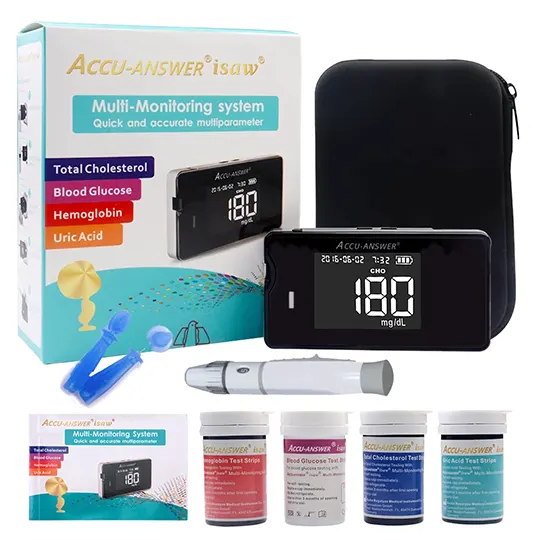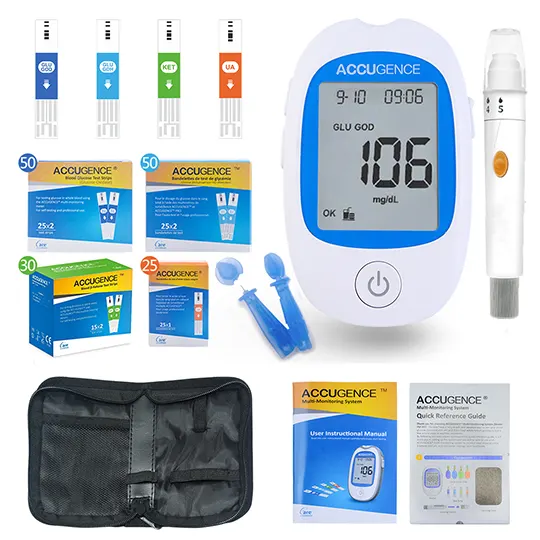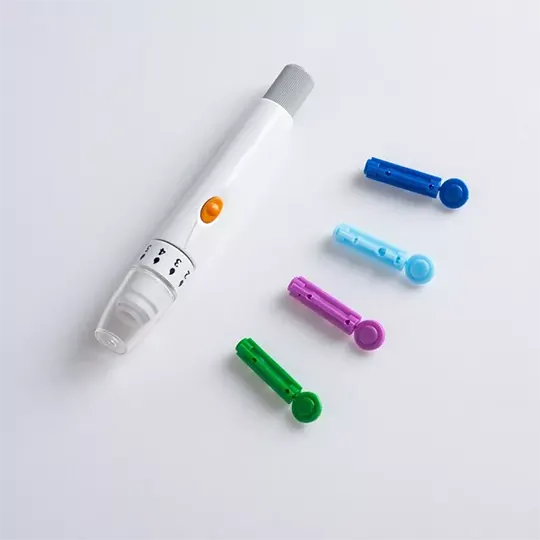Hydrocortisone 1% w/w Ointment
Active ingredient: hydrocortisone
- 1. Name of the medicinal product
- 2. Qualitative and quantitative composition
- 3. Pharmaceutical form
- 4. Clinical particulars
- 4.1 Therapeutic indications
- 4.2 Posology and method of administration
- 4.3 Contraindications
- 4.4 Special warnings and precautions for use
- 4.5 Interaction with other medicinal products and other forms of interaction
- 4.6 Fertility, pregnancy and lactation
- 4.7 Effects on ability to drive and use machines
- 4.8 Undesirable effects
- 4.9 Overdose
- 5. Pharmacological properties
- 5.1 Pharmacodynamic properties
- 5.2 Pharmacokinetic properties
- 5.3 Preclinical safety data
- 6. Pharmaceutical particulars
- 6.1 List of excipients
- 6.2 Incompatibilities
- 6.3 Shelf life
- 6.4 Special precautions for storage
- 6.5 Nature and contents of container
- 6.6 Special precautions for disposal and other handling
- 7. Marketing authorisation holder
- 8. Marketing authorisation number(s)
- 9. Date of first authorisation/renewal of the authorisation
- 10. Date of revision of the text
1. Name of the medicinal product
Hydrocortisone 1% w/w Ointment
2. Qualitative and quantitative composition
Each 1 gram of the ointment contains 10 mg of Hydrocortisone (i.e. 1 %w/w).
Excipient with known effect
Each 1 gram of the ointment contains 100 mg (10 %w/w) of wool fat.
For the full list of excipients, see section 6.1.
3. Pharmaceutical form
Ointment for cutaneous use only.
4. Clinical particulars
4.1 Therapeutic indications
Hydrocortisone has topical anti-inflammatory activity of value in the treatment of irritant dermatitis, contact allergic dermatitis, insect bite reactions and mild to moderate eczema.
4.2 Posology and method of administration
Posology
Use sparingly over a small area once/twice a day for a maximum period of one week. If the condition has not improved, or worsens, consult your doctor.
This product should not be recommended for use on children under 10 years of age without medical supervision.
Method of administration
For cutaneous use
4.3 Contraindications
Bacterial (e.g. impetigo), viral (e.g. Herpes simplex) or fungal (e.g. candidal or dermatophyte) infections of the skin.
Hypersensitivity to the active substance or to any of the excipients listed in section 6.1.
Use on the eyes and face, ano-genital region, broken or infected skin including cold sores, acne and athlete's foot.
4.4 Special warnings and precautions for use
Remarks on indications
1. There is no good evidence that topical corticosteroids are efficacious against immediate (Type 1) allergic skin reactions or short-lived weal and flare reactions from other causes.
2. Topical corticosteroids are ineffective in granulomatous conditions and other inflammatory reactions involving the deeper regions of the dermis.
3. Topical corticosteroids are not generally indicated in psoriasis excluding widespread plaque psoriasis provided that warnings are given.
Topical corticosteroids may be hazardous in psoriasis for a number of reasons including rebound relapses following development of tolerance, risk of generalised pustular psoriasis, and local and systematic toxicity due to impaired barrier function of the skin. Careful patient supervision is important.
Although generally regarded as safe, even for long-term administration in adults, there is potential for overdosage in infants and children. Extreme caution is required in dermatoses of infancy especially napkin eruption where the napkin can act as an occlusive dressing and increase absorption. In infants and children, courses of treatment should therefore not normally exceed 7 days.
Appropriate antimicrobial therapy should be used whenever treating inflammatory lesions, which have become infected. Any spread of infection requires withdrawal of topical corticosteroid therapy, and a systemic administration of antimicrobial agents.
As with all corticosteroids, prolonged application to the face is undesirable.
Do not use under an occlusive dressing.
This medicinal product contains wool fat (lanolin), which may cause local skin reactions (e.g. contact dermatitis).
4.5 Interaction with other medicinal products and other forms of interaction
None known.
4.6 Fertility, pregnancy and lactation
Pregnancy
There is inadequate evidence of safety in human pregnancy. Topical administration of corticosteroids to pregnant animals can cause abnormalities of foetal development including cleft palate and intra-uterine growth retardation. There may therefore be a very small risk of such effects in the human foetus.
Breastfeeding
There is no evidence against use in lactating women. However, caution should be exercised when Hydrocortisone Ointment is administered to nursing mothers. In this event, the product should not be applied to the chest area.
4.7 Effects on ability to drive and use machines
None known.
4.8 Undesirable effects
Hydrocortisone preparations are usually well tolerated, but if any signs of hypersensitivity appear, application should stop immediately.
Striae may occur especially in intertriginous areas.
Reporting of suspected adverse reactions
Reporting suspected adverse reactions after authorisation of the medicinal product is important. It allows continued monitoring of the benefit/risk balance of the medicinal product. Healthcare professionals are asked to report any suspected adverse reactions via the Yellow Card Scheme at www.mhra.gov.uk/yellowcard or search for MHRA Yellow Card in the Google Plat or Apple App Store.
4.9 Overdose
Not applicable.
5. Pharmacological properties
5.1 Pharmacodynamic properties
Pharmacotherapeutic group: Corticosteroids, weak (group 1); ATC code: D07A A02
Hydrocortisone is an anti-inflammatory steroid. Its anti-inflammatory action is due to reduction in the vascular component of the inflammatory response and reduction in the formation of inflammatory fluid and cellular exudates. The granulation reaction is also decreased due to the inhibition effect of Hydrocortisone on connective tissue. Stabilisation of most cell granules and lysomal membranes decreases the mediators involved in inflammatory response and reduces release of enzymes in prostaglandin synthesis. The vasoconstrictor action of Hydrocortisone may also contribute to its anti-inflammatory activity.
5.2 Pharmacokinetic properties
Absorption: Topically applied steroids are absorbed to a significant extent only if applied to broken skin, to very large areas, or under occlusive dressings.
Distribution: Corticosteroids are rapidly distributed to all body tissues. They cross the placenta and may be excreted in small amounts in breast milk.
Metabolism: Hydrocortisone is metabolised mainly in the liver, but also the kidney, to various degraded and hydrogenated forms such as tetrahydrocortisone.
Elimination: Hydrocortisone is excreted in the urine, mostly conjugated as glucuronides. Only very small amounts of unchanged hydrocortisone are excreted.
5.3 Preclinical safety data
Adverse effects of Hydrocortisone are due to its effect on electrolyte balance, metabolism and particularly adrenal suppression. Topical use of Hydrocortisone has only rarely been associated with systemic side effects.
6. Pharmaceutical particulars
6.1 List of excipients
Wool Fat
Liquid Paraffin
White Soft Paraffin
6.2 Incompatibilities
None known.
6.3 Shelf life
60 months.
6.4 Special precautions for storage
Do not store above 25°C.
6.5 Nature and contents of container
A collapsible aluminium tube, with a membrane seal at the nozzle, internal epoxy lacquer, latex end seal band in the crimp seal and a white plastic cap for reclosure after piercing membrane.
Pack Sizes: 15g.
Not all pack sizes may be marketed.
6.6 Special precautions for disposal and other handling
Any unused medicinal products or waste material should be disposed of in accordance with local requirements.
7. Marketing authorisation holder
Pinewood Laboratories Limited
Trading as Pinewood Healthcare
Ballymacarbry,
Clonmel,
Co. Tipperary,
Ireland
8. Marketing authorisation number
PL 04917/0020
9. Date of first authorisation/renewal of the authorisation
11th November 1997
10. Date of revision of the text
21/06/2020




